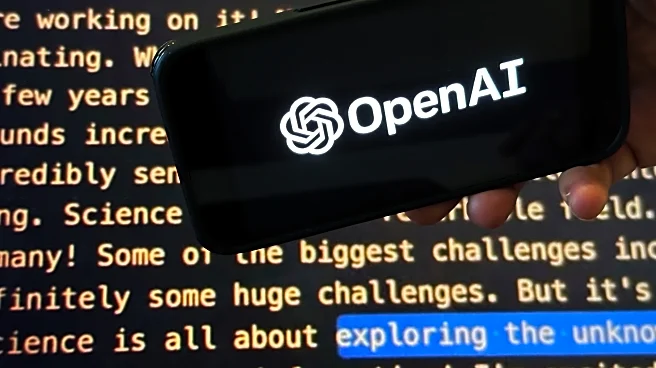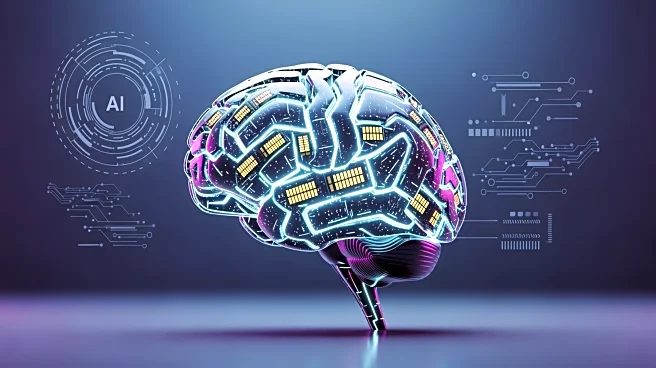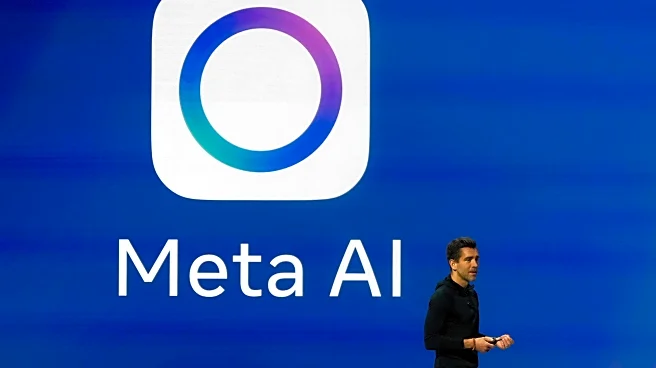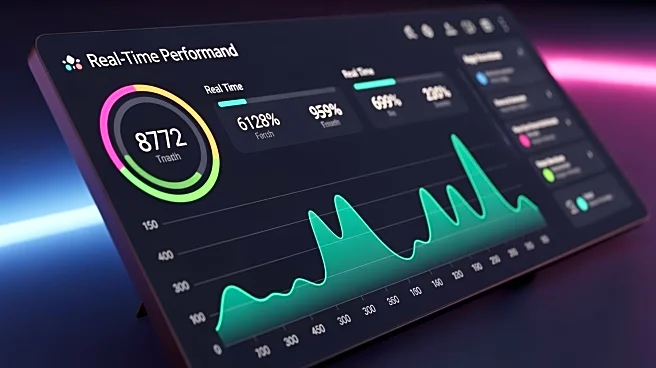What's Happening?
OpenAI has introduced a new feature for ChatGPT aimed at improving its ability to search and utilize workspace information. This 'company knowledge' update is designed for Business, Enterprise, and Education users, leveraging a version of GPT-5 to connect
directly with tools such as Slack, SharePoint, Google Drive, and GitHub. This enhancement allows ChatGPT to function as a conversational search engine, capable of sifting through multiple sources to provide comprehensive and accurate answers. The update builds on beta features from June, offering a more integrated experience than previous app connections. OpenAI emphasizes that every response includes clear citations, enhancing trust in the results. The feature can handle ambiguous queries by searching various sources and viewpoints, using date filters to find time-based information. However, company knowledge must be manually selected at the start of new conversations, and while active, ChatGPT cannot search the web or create charts and images.
Why It's Important?
The introduction of the company knowledge feature represents a significant advancement in AI's role within business environments. By enabling ChatGPT to access and process information from multiple workplace tools, OpenAI is positioning its technology as an essential tool for improving productivity and decision-making. This development could lead to increased efficiency in handling complex queries and tasks, potentially reducing the time and effort required for information retrieval. Businesses that adopt this feature may gain a competitive edge by streamlining their operations and enhancing their data-driven decision-making processes. Additionally, the ability to provide clear citations for information sources could improve trust and reliability in AI-generated responses, addressing a common concern among users.
What's Next?
OpenAI plans to expand the company knowledge feature to support additional ChatGPT capabilities in the coming months. This expansion could further enhance the tool's utility in business settings, potentially integrating with more applications and offering even greater functionality. As businesses begin to adopt this feature, there may be increased interest in how AI can be leveraged to optimize workplace operations. Stakeholders, including business leaders and IT departments, will likely monitor the feature's impact on productivity and data management closely. The success of this rollout could influence future AI developments and integrations in the corporate sector.














